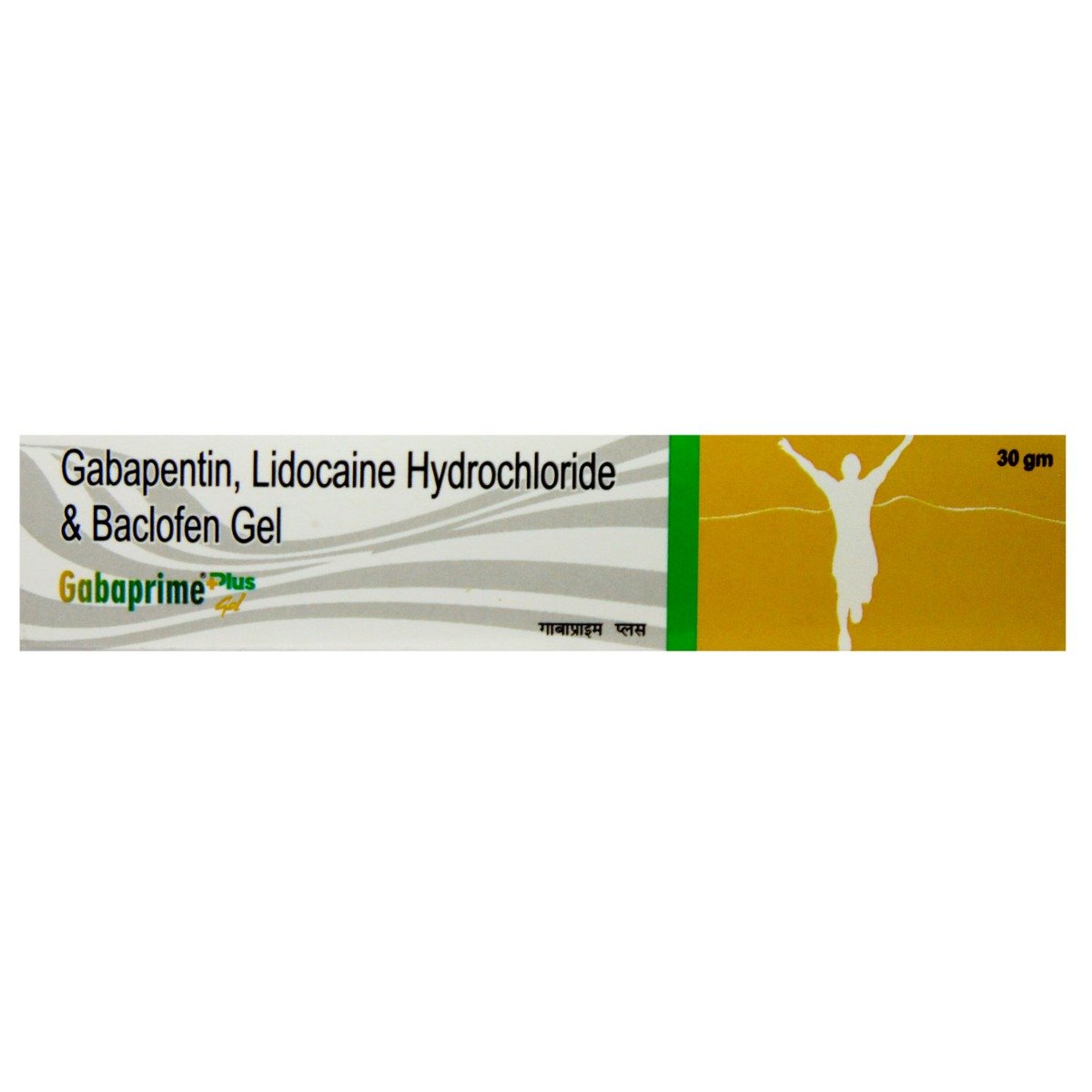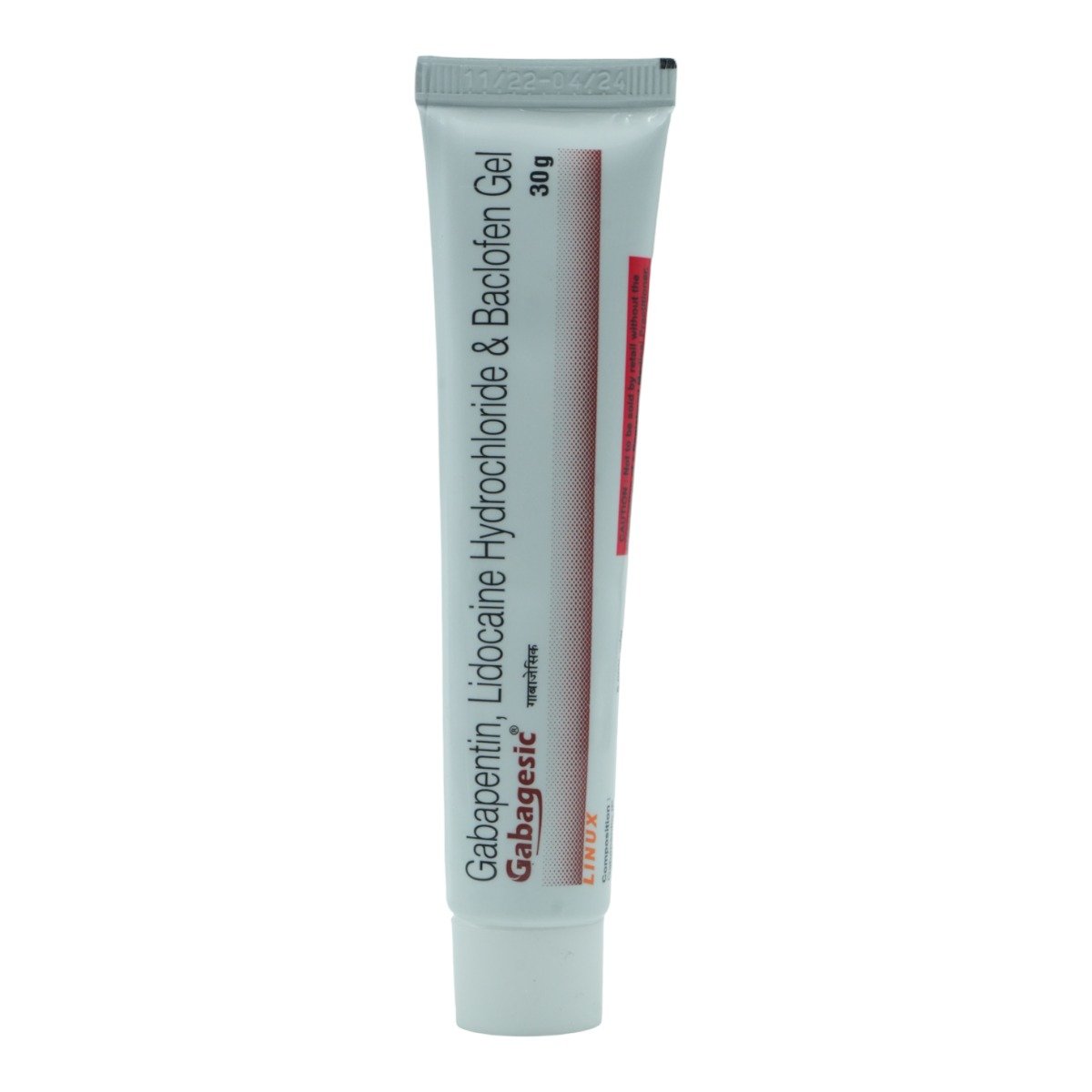Gabalyf Gel

MRP ₹252
(Inclusive of all Taxes)
₹37.8 Cashback (15%)
know your delivery time
Provide Delivery Location
Composition :
Manufacturer/Marketer :
Consume Type :
Expires on or after :
Return Policy :

Secure Payment

Trusted by 8 Crore Indians

Genuine Products
Therapeutic Class
Country of origin
Author Details
We provide you with authentic, trustworthy and relevant information
Disclaimer
Alcohol
Safe if prescribed
Consuming alcohol along with Gabalyf Gel is not advisable as it may cause unpleasant side effects, or you also may become more sensitive to the effects of alcohol.
Pregnancy
Consult your doctor
Limited information is available regarding the usage of Gabalyf Gel during pregnancy. Please inform your doctor before using Gabalyf Gel if you are pregnant. Your doctor will prescribe only if the benefits outweigh the risks.
Breast Feeding
Consult your doctor
Limited information is available regarding the usage of Gabalyf Gel during lactation. Inform your doctor before using Gabalyf Gel if you are breastfeeding. Your doctor will prescribe only if the benefits outweigh the risks.
Driving
Safe if prescribed
It is not known if Gabalyf Gel alters your ability to drive. Drive or operate machinery only if you are alert.
Liver
Consult your doctor
Please inform your doctor if you have a liver impairment or any concerns regarding this. Your doctor will prescribe only if the benefits outweigh the risks.
Kidney
Consult your doctor
Please inform your doctor if you have kidney impairment or any concerns regarding this. Your doctor will prescribe only if the benefits outweigh the risks.
Children
Safe if prescribed
Limited information is available regarding the usage of Gabalyf Gel in children, so please consult a doctor if you have any concerns.
Product Substitutes
Reference
- https://www.nhs.uk/medicines/gabapentin/about-gabapentin/
- https://patient.info/medicine/baclofen-for-chronic-muscle-spasm-lyflex-lioresal
- https://pubmed.ncbi.nlm.nih.gov/25058164/#:~:text=Background%3A%20Lidocaine%20is%20a%20local,assess%20the%20associated%20adverse%20events.
- https://www.drugs.com/gabapentin.html
- https://www.drugs.com/drug-interactions/lidocaine-topical-index.html
About Gabalyf Gel
Gabalyf Gel is a combination medicine used to treat neuropathic pain. Neuropathic pain is a chronic, progressive nerve condition in which the neurological system is injured or malfunctioning, resulting in nerve pain. Amputation of limbs, diabetic neuropathy (nerve damage caused by high blood sugar levels), alcoholism (abundant alcohol consumption), and chemotherapy can all cause neuropathic pain.
Gabalyf Gel is a combination of three medications, namely: Baclofen, Gabapentin, and Lidocaine. Baclofen is a skeletal muscle relaxant that relaxes muscles to relieve pain and discomfort. Gabapentin helps to relieve nerve pain by binding to a specific location on voltage-gated calcium channels. Lidocaine alleviates pain by blocking pain signals from nerves to the brain. Thereby, Gabalyf Gel aids in the relief of neuropathic pain.
Gabalyf Gel is only for external use. Depending on your medical condition, you should use Gabalyf Gel for as long as your doctor has prescribed it for you. Certain common side effects, such as itching, irritation, redness, and a burning sensation at the application site, may occur in some cases. The majority of these side effects do not necessitate medical attention and will subside gradually over time. However, if you are experiencing these side effects regularly, you should consult your doctor.
Do not use Gabalyf Gel without doctor advice if you had a skin reaction or irritation to any medicine. Consult your doctor before using Gabalyf Gel if you are pregnant or breastfeeding. Keep your doctor informed about your health condition and all the medicines to rule out any side effects. Limited information is available regarding the usage of Gabalyf Gel in children, so please consult a doctor if you have any concerns. Do not wrap or cover the treated area with a bandage unless otherwise directed by your doctor. Gabalyf Gel should not be used in higher doses or on larger areas of skin for a longer period of time because it may cause side effects.
Uses of Gabalyf Gel
Medicinal Benefits Mweb
Key Benefits
Gabalyf Gel comprises of three medications: Baclofen, Gabapentin, and Lidocaine. It is used to treat neuropathic pain. Baclofen is a skeletal muscle relaxant that relieves pain and discomfort by relaxing muscles. Gabapentin binds to a specific site on voltage-gated calcium channels. Lidocaine prevents pain signals from reaching the brain. Thus, Gabalyf Gel aids in relieving neuropathic pain.
Directions for Use
Side Effects of Gabalyf Gel
- Itching
- Irritation
- Redness
- Burning sensation
Drug Warnings
Do not use Gabalyf Gel without doctor advice if you had a skin reaction or irritation to any medicine. Consult your doctor before using Gabalyf Gel if you are pregnant or breastfeeding. Keep your doctor informed about your health condition and all the medicines you are taking to rule out any side effects. Limited information is available regarding the usage of Gabalyf Gel in children, so please consult a doctor if you have any concerns. Unless otherwise directed by your doctor, do not wrap or cover the treated area with a bandage. Do not use Gabalyf Gel in more than prescribed doses or on a large area of skin for a longer duration as it may cause adverse effects.
Drug-Drug Interactions
Drug-Drug Interactions
Login/Sign Up
Drug-Food Interactions
Drug-Food Interactions
Login/Sign Up
Drug-Diseases Interactions
Drug-Diseases Interactions
Login/Sign Up
Drug-Drug Interactions Checker List
- PRILOCAINE
- SODIUM NITRITE
- ACETAMINOPHEN
- HYDROCODONE
Habit Forming
Special Advise
- Unless otherwise instructed by the doctor, do not use Gabalyf Gel on dressings, band-Aids, or make-up.
- If Gabalyf Gel comes into contact with your eyes, nose, or mouth, immediately rinse with water.
- Before and after using Gabalyf Gel, wash your hands; however, do not wash your hands if you apply Gabalyf Gel to your hands.
- Gabalyf Gel should not be used on wounds, cuts, damaged skin, or scrapes.
- Avoid using Gabalyf Gel along with a heating pad.
Diet & Lifestyle Advise
- Meditation and yoga can help reduce stress, pain sensitivity, and improve coping abilities.
- Massages and physical relaxation can be beneficial in providing symptomatic relief.
- A physical or occupational therapist can teach you sitting, stretching, moving, and standing techniques. These can be useful in reducing pain.
- Acupuncture, by stimulating pressure points, can be beneficial.
- Using essential oils for massages can help increase circulation and boost healing.
- Include vitamin B and D-rich foods in your diet to help improve nerve health and prevent nerve pain.
- Include cayenne pepper in your diet as it can aid in the reduction of neuropathic pain.
- Exercising regularly aids in overall health and pain relief.
- Get plenty of rest and sleep, and try taking a warm bath to relax. It promotes blood circulation, which reduces numbness and pain.
- Avoid smoking and alcohol consumption.
All Substitutes & Brand Comparisons
RX
Gababac Gel 30 gm
Mblaze Pharmaceuticals
₹202.5
(₹5.94 per unit)
21% CHEAPERRX
Out of StockEuropin Gel
Consern Pharma Ltd
₹199
(₹5.97/ 1gm)
21% CHEAPERRX
Gabawell Gel 30 gm
Primus Remedies Pvt Ltd
₹204
(₹6.12/ 1gm)
19% CHEAPER

Have a query?


_0.jpg?tr=q-85)





